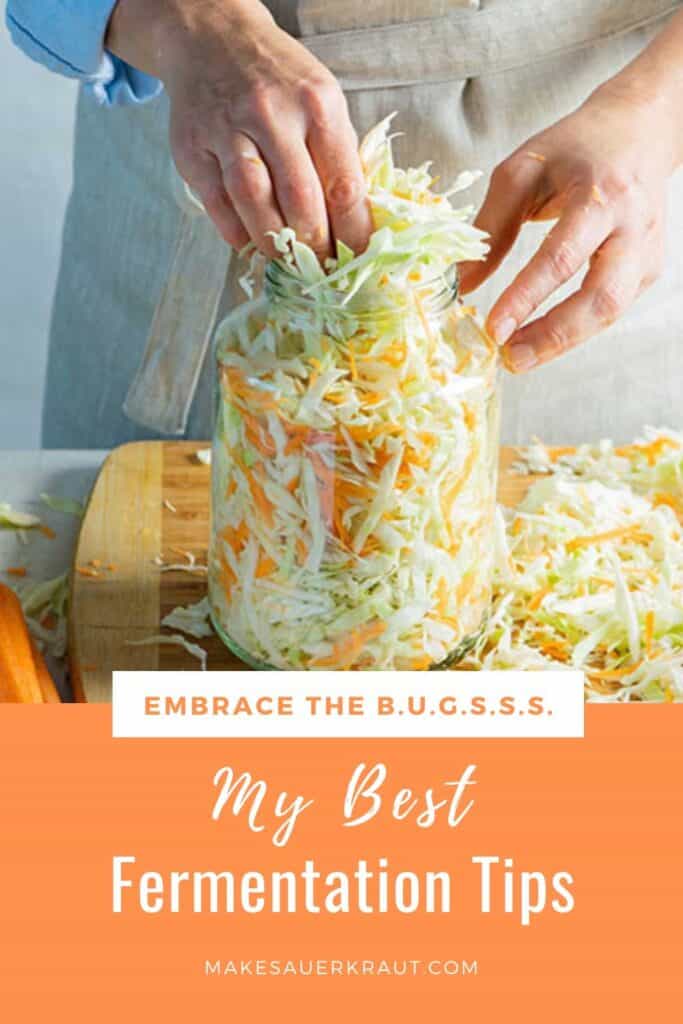A short lesson here on six of my best fermentation tips that will give you the necessary foundation to become a Fermentation Ninja!
I devised the acronym B.U.G.S.S.S. to help you remember each valuable tip.
And, when you learn to embrace the B.U.G.S.S.S., you learn how best to set up the proper home for beneficial bacteria to ferment mouthwatering, gut-healing food for your enjoyment.
Let’s begin.
Bacteria
The “B” in B.U.G.S.S.S. Stands for Bacteria
These are the invisible but crucial worker bees in your ferments. They are everywhere: on your hands, in the air, and on the fruits and vegetables you will be fermenting.
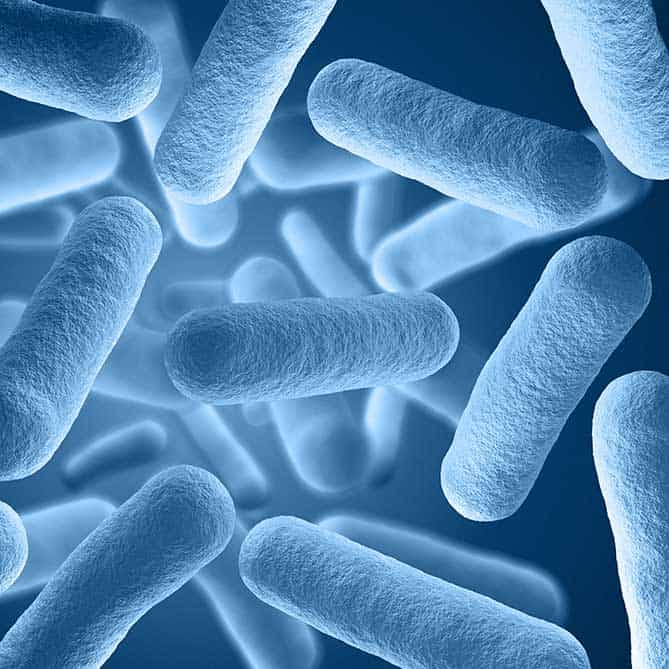
Don’t worry, there is no need to go shopping for these bacteria. They are found on the surface of all living things and they are especially numerous on the leaves and roots of plants growing in or near the ground, such as cabbage!
Fermentation best unfolds when working with the bacteria naturally present on what you are fermenting, a practice known as wild fermentation. I do not recommend the practice of adding additional bacteria in starter cultures as I believe that a good population of naturally present bacteria can do a great job transforming salty vegetables into tangy ferments.
During fermentation, these bacteria eat the sugars in cabbage—and in whatever fruits and vegetables are present—and produce lactic acid, which is why they are called “lactic-acid bacteria.” This process lowers the pH to create an acidic environment that preserves your sauerkraut, inhibits the formation and growth of pathogenic bacteria, and gives sauerkraut its tangy flavor.
So, make friends with bacteria. There is no need to fear them. Not only do they ferment your foods, but the foods that they ferment will improve your gut health and consequently your overall health.
Next time you ferment, think about the B.U.G.S.S.S. and remember “B” is for Bacteria…
Under The Brine
The “U” in B.U.G.S.S.S. Stands for “Under the Brine”
One of the key factors in the successful fermentation of sauerkraut and other vegetables is keeping your ferment below the brine and away from airborne yeasts and harmful bacteria.
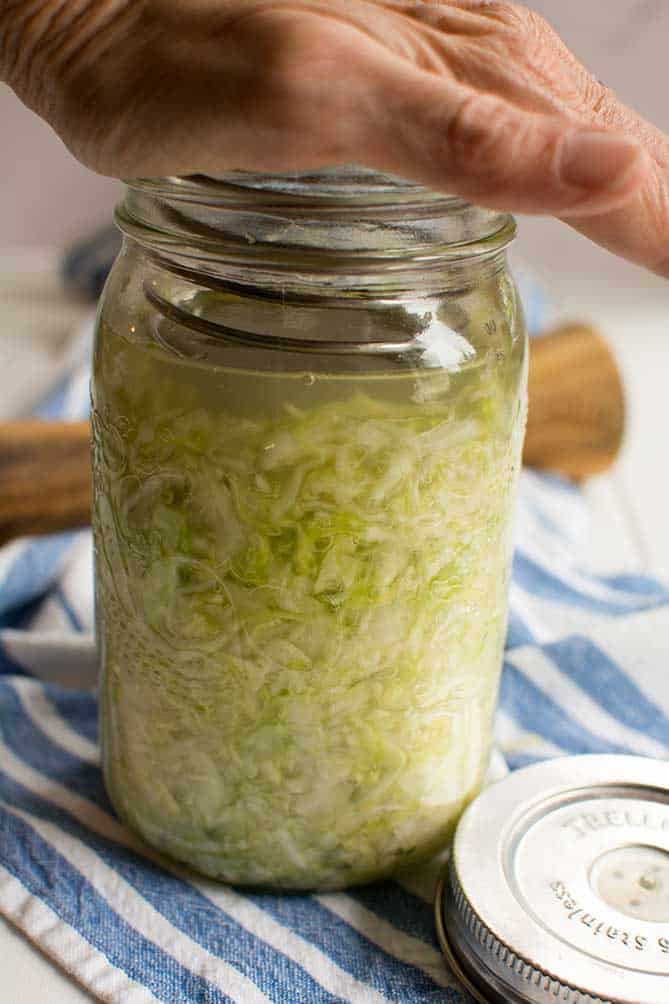
My favorite fermentation weight, the PickleHelix is a stainless steel spring that has enough force to keep a batch of sauerkraut safely below the brine for a three- or four-week fermentation period as shown in my 28-day fermentation weight challenge.
When vegetables are submerged under the brine, the lactic acid bacteria—which are anaerobic—are able to grow and thrive. They do not require oxygen.
In contrast, aerobic bacteria, some being pathogenic—Salmonella and E. coli, for example—require an oxygen-rich environment.
A good population of lactic acid bacteria safely working away under the brine is key for a successful ferment.
These bacteria will really stake out their turf. They’re very territorial. They go to war with each other.
The pathogenic bacteria stand no chance against the lactic-acid bacteria.
The incredible part of it is that the four horsemen of the food industry—listeria, E. Coli, botulinum, and salmonella—are on lactobacilli’s hit list. None survive. Five bacteria enter—one bacterium leaves.
By keeping your ferment under the brine, the good guys will go to work, making sure that the bad guys die off.
Remember the B.U.G.S.S.S. and that “B” is for Bacteria, and “U” is for Under the Brine…
Great Ingredients
The “G” in B.U.G.S.S.S. Stands for “Great Ingredients”
The quality of what you are fermenting does matter. I know we shouldn’t be wasting our food, but don’t use fermentation as a way to clean up the odd bits of old and decaying foods in your fridge. Instead, use those vegetables for making a stew or big pot of bone broth.
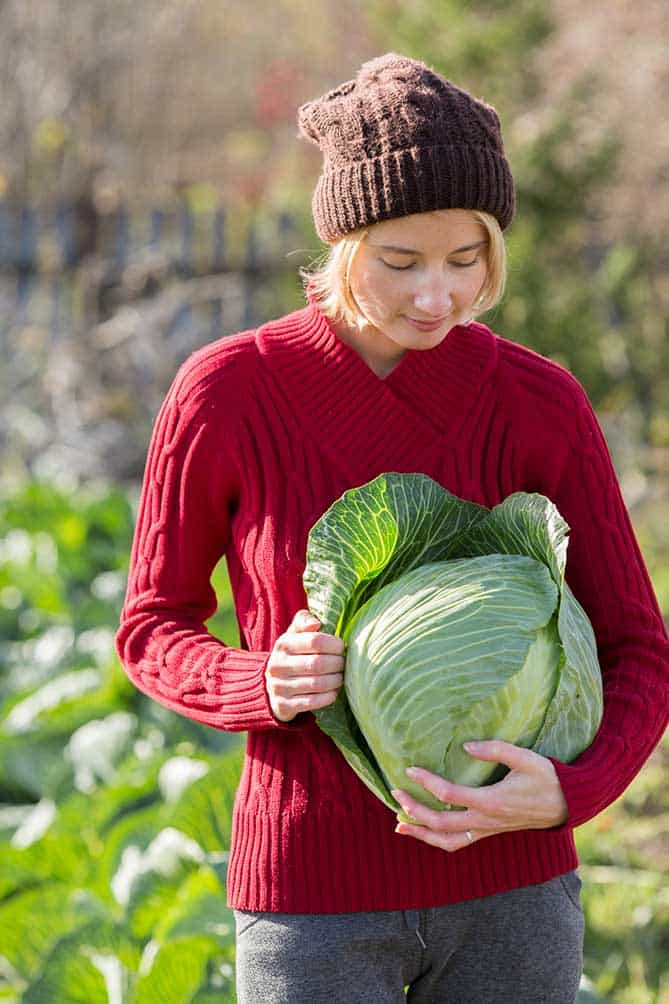
When fermenting, buy the best ingredients you have access to and can afford. And, use them as soon after harvest as possible.
From the moment your vegetables are harvested, they begin to decay. Microorganisms in the environment—both the good guys and the bad guys—begin to feed on the moisture and nutrients in your vegetables. If left to their own devices in a warm spot on your kitchen counter, the bacteria would quickly turn your cabbage into a smelly, rotten mass.
Where are the top quality ingredients found?
In your garden or directly from a farmer. We need our farms. We need local food. Search out and support a local farmer’s market. Not only will you be connecting with bacteria when you learn to ferment, but you will be connecting with the person who grows your food.
If you do not know if there is a market in your community, search the internet for your city name and “farmer’s market” or use the USDA National Farmers Market Directory.
If you cannot buy your cabbage directly, you’re in luck because cabbage does store well and you can buy decent heads at any time of the year.
What to look for when buying cabbage?
When buying cabbage, look for heads that feel heavy for their size, have shiny leaves and are not dull and dried out. It doesn’t hurt to taste a bit looking for a hint of sweetness. These sugars in the cabbage are what the bacteria consume during fermentation.
Can I make sauerkraut with bagged and sliced cabbage from the store?
I don’t recommend trying to save yourself some time and work by buying a bag of already shredded cabbage.
Yes, already-sliced cabbage seems like it will save you oodles of time, but you don’t know how long ago that cabbage was sliced and whether it was coated with anti-browning additives.
Remember, the moment you cut into that cabbage, it begins to decay. The longer the time span between slicing and getting everything safely under the brine, the greater the chance there is for pathogenic bacteria to move in and kill off the beneficial anaerobic bacteria.
Remember the B.U.G.S.S.S. with “B” for Bacteria, “U” for Under the Brine, and “G” for Great Ingredients…
Scale
The First “S” in B.U.G.S.S.S. Stands for a “Scale, Ideally Digital”
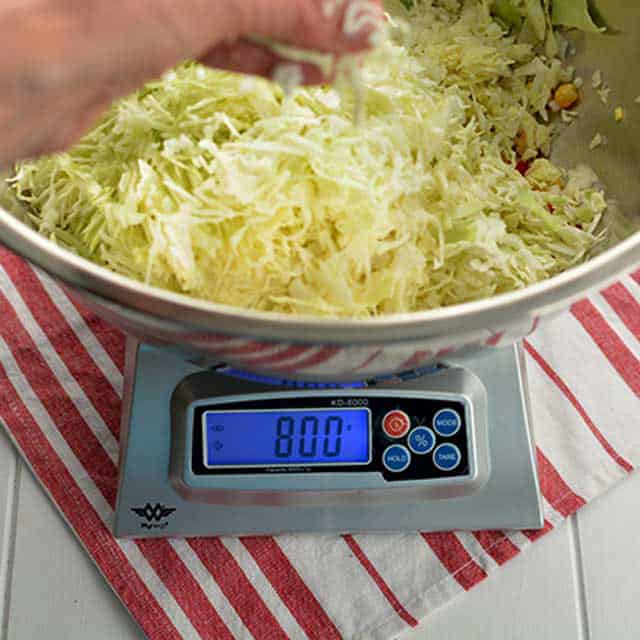
Fermentation is art. I love the creative process of combining currently available ingredients into flavorful ferments. But, this creative process is built upon science.
When you are fermenting, you are in essence setting up a proper home for the bacteria. These bacteria do their best work with a set percentage of salt.
To use the correct amount of salt, we need to weigh what you are fermenting and weigh how much salt you are adding.
Are not all tablespoons the same size?
It wasn’t until a reader from Australia asked about the size of my tablespoon that I realized why using volume can be a challenge. Did you know that not all tablespoons are the same size?
The number that some spoons have imprinted on them indicate volume; how many milliliters (ml) of liquid the spoon holds. These numbers vary from country to country. For a tablespoon, the volume in various countries is as follows:
- Australia, 20.00 ml
- The United States, 14.79 ml
- Great Britain, 17.75
There is a reason why pro bakers use weight instead of volume. And, there’s a reason why Fermentation Ninja’s should also use a scale to calculate ingredients by weight. This is probably my number one fermentation tip.
Why use a digital scale for fermentation?
A scale will ensure that you:
- Slice and dice the right amount of vegetables for the size container you are fermenting in. Not all heads of cabbage are the same size. When that recipe says to use one head of cabbage, it could weigh 5 pounds or it could weigh 2 pounds with every weight in between.
- Keep the best ratio of flavoring ingredients to sliced cabbage for a successful ferment. My signature style is flavor-packed recipes using approximately 25% flavoring ingredients and 75% cabbage, by weight. By watching the scale as we add our ingredients, we can keep this ratio in place.
- Add the correct amount of salt. Tablespoons sizes around the world measure different volumes and not all types of salt weigh the same as I discovered when weighing the various salts I have fermented with. I quickly discovered that not only is it better to weigh ingredients but it is also better to weigh salt. Salt by Weight for Delicious Sauerkraut… Batch after Batch
- Keep your brain happy. And, by using a digital scale the math becomes super simple. Figuring out 2% of 800 (lop off the last 2 digits of the weight [800->8] and multiply by 2 [8×2=16]). Add 16 grams of salt. Much easier than trying to figure out 2% of 1¾ pounds.
By using a scale we take the guesswork out of fermentation, we make the process repeatable, we remove a variable, and we set you up to effortlessly tweak future batches to your personal liking.
What scale do you recommend?
I’ve purchased at least a half dozen scales since I first started weighing my ingredients for fermentation and fell in love with the . See 7 Reasons Why I Love the MyWeigh KD-8000 Digital Scale [HOW-TOs] for more.
Remember the B.U.G.S.S.S. with “B” for Bacteria, “U” for Under the Brine, “G” for Great Ingredients, and “S” for Scale…
Salt
The Second “S” in B.U.G.S.S.S. Stands for “Salt”
Salt makes fermentation safe, prevents your sauerkraut from turning to mush, and aids in the creation of lactic acid, the tang you taste that is the preservative for your ferment.
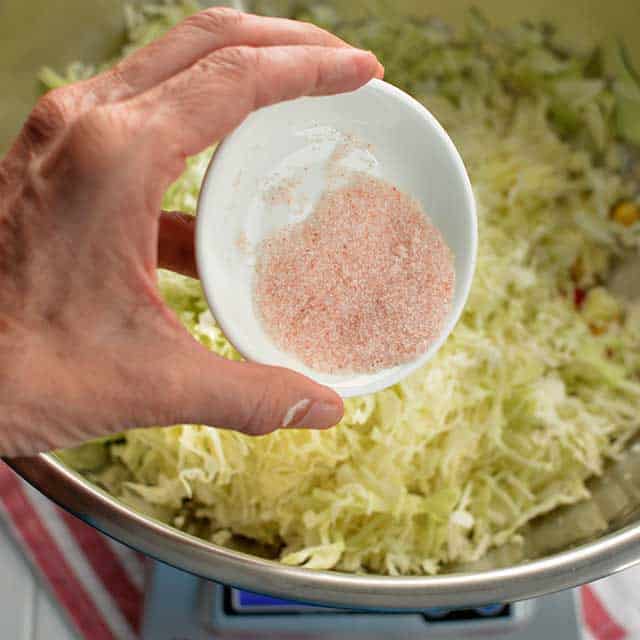
Microbiologists, that have studied fermentation, put the correct amount of salt to use at 1.5% to 2.5% of the weight of what you’re fermenting. These numbers can be fine-tuned if you’re fermenting outside the ideal temperature range or fermenting a specific vegetable (usually with a higher water content—think cucumbers for pickles—or higher sugar content) that may require a higher salinity for proper fermentation.
Using less salt, than the recommended range, greatly increases the chance for pathogenic bacteria, molds, and yeasts to grow.
Using more salt, than the recommended range, slows down fermentation and decreases the chance of the various stages of fermentation to unfold as nature intended.
For the recipes on my website, 16 grams of salt for 800 grams (1¾ pound) of prepared cabbage and flavoring ingredients is the sweet spot.
In addition, I recommend a dry mineral-rich salt such as Himalayan pink salt or real salt. I like to stick to an unprocessed salt without preservatives or iodine—that can potentially interfere with fermentation. I used to ferment using various brands of Celtic sea salt but now recommend against doing so. After countless mushy batches, I realized the water content of the salt resulted in less than the ideal range of sodium.
Using a scale will help you add the correct amount of salt, though you can use a measuring spoon once you know its volume and are familiar with the salt you’re using.
Don’t forget the B.U.G.S.S.S. | “B” for Bacteria, “U” for Under the Brine, “G” for Great Ingredients, “S” for Scale, and “S” for Salt
Simply Enjoy
The Last “S” in B.U.G.S.S.S. is for “Simply Enjoy”
One of the more popular posts on my blog is 33 Easy Ways to Eat Sauerkraut That Will Have You Craving More, which tells me that people are struggling with just how to add sauerkraut to their diet.
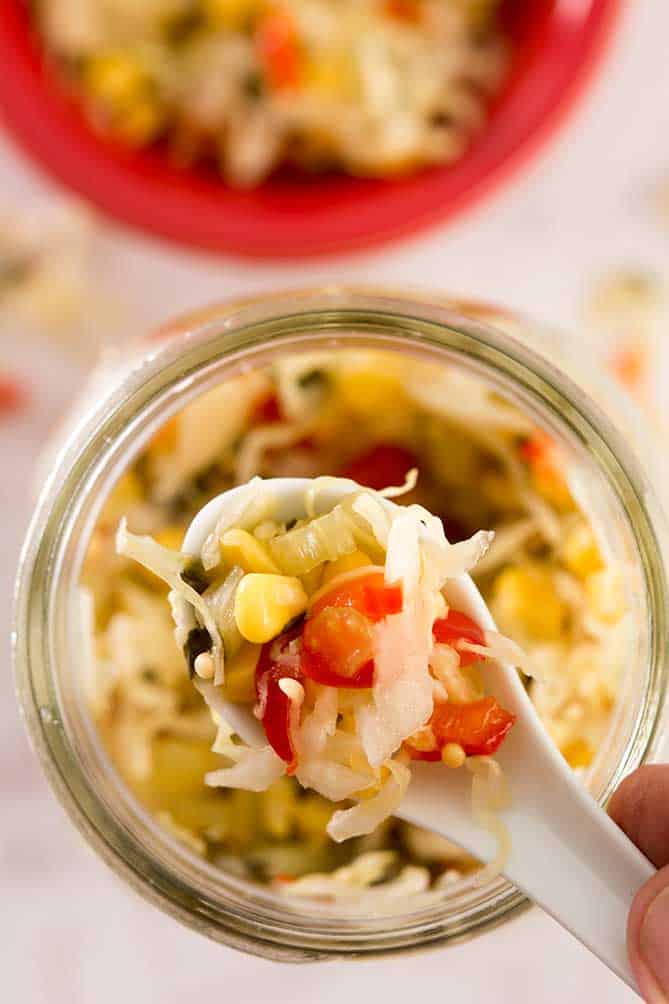
When it comes to eating your sauerkraut, all you need to remember is to keep it simple, and keep that jar handy! The flavors in fermented foods are very versatile and go well with just about anything.
You—and the bacteria—have already done the hard work. Do not feel you need to create some complex recipes to eat this stuff.
Simply take the jar out of your fridge, grab a forkful or two of sauerkraut, and place it alongside whatever you’re eating.
Or, layer it onto a salad, stir it a bowl of soup, place a dollop onto a hamburger, hot dog, taco, or Buddha bowl, slid it into a sandwich, drop some on your morning eggs, or garnish any meal with your sauerkraut. If my energy levels are dropping, I eat a few forkfuls straight from the jar.
Aim to have some type of fermented food at every meal, for fermented foods not only aid in the digestion of food, but they also dramatically improve the flavor of everything.
How?
Umami!
Umami—often classified as our fifth taste (after sweet, sour, salty, and bitter)—is the term for the measurement of naturally occurring glutamates in many foods: parmesan cheese, soy sauce, olives, miso, tomato paste, and… fermented foods.
Through the fermentation process, protein molecules in kimchi, or sauerkraut, are broken down into free amino acids that raise the level of the umami compound glutamate (an amino acid).
When you ingest umami-rich molecules, everything you eat with them becomes extra-delicious. Flavors pop, and you go WOW, this tastes delicious!
Overnight, you can become a Michelin 5-Star chef just by adding sauerkraut to the dish.
Or, as I like to say, effortlessly add the WOW Factor! to any meal.
So there you have it. Six of my best fermentation tips.
Take Care of the B.U.G.S.S.S. “B” for Bacteria, “U” for Under the Brine, “G” for Great Ingredients, “S” for Scale, “S” for Salt, and lastly “S” for Simply ENJOY!
As you prepare your next batch of sauerkraut, or if you’re trying to figure out why a recent batch was not stellar, ask yourself about the B.U.G.S.S.S. and see if there is an area that needs adjustment.
Last update on 2024-04-19 / Affiliate links / Images from Amazon Product Advertising API

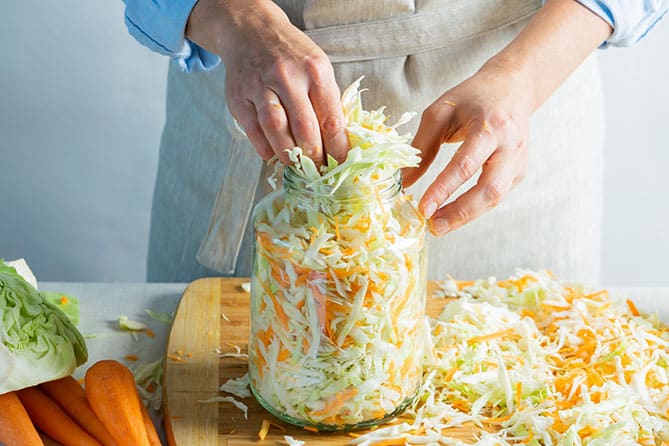

 This post may contain affiliate links which won’t change your price but will share some commission.
This post may contain affiliate links which won’t change your price but will share some commission.